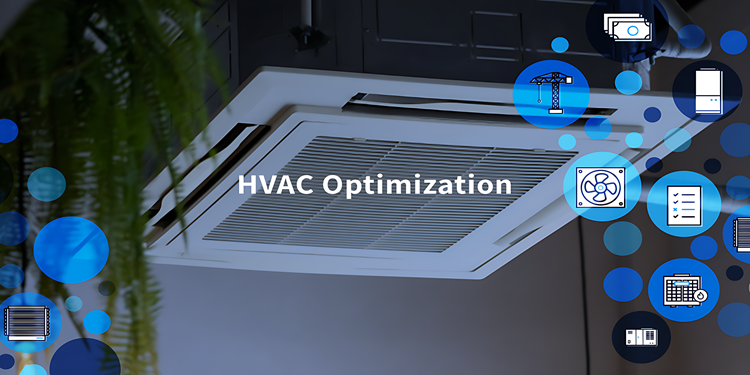
Building Management System
A Building Management System (BMS) is a centralized, automated system that controls and monitors various building operations such as heating, ventilation, air conditioning (HVAC), lighting, security, fire safety, and other essential services. The primary goal of a BMS is to improve the efficiency, safety, and comfort of a building while reducing energy consumption and operational costs. By integrating different systems into one platform, BMS allows building operators to have real-time data on performance, identify potential issues, and make informed decisions to optimize building operations. BMS systems are commonly used in commercial, industrial, and large residential buildings, ensuring that each component of the building operates harmoniously, reducing downtime and enhancing the overall user experience.
Fire Safety and Emergency Monitoring
- Fire Safety and Emergency Monitoring is a crucial aspect of building management that ensures the safety of occupants and property in the event of a fire or other emergencies. This system integrates advanced technologies to detect fires, monitor potential risks, and provide timely responses.
- When a fire or emergency is detected, alarms are triggered to alert occupants, while automated systems like sprinklers or gas-based fire suppression systems work to control or extinguish the fire. Emergency lighting and signage guide people toward safe exits, and backup power systems ensure that critical safety features remain operational during power outages.
- Fire safety and emergency monitoring are often linked with a Building Management System (BMS), allowing for centralized control and real-time monitoring. This integration helps building managers respond quickly to emergencies, ensuring the protection of both people and assets.


HVAC Control and Optimization
- HVAC Control and Optimization refers to the management and fine-tuning of heating, ventilation, and air conditioning (HVAC) systems to ensure optimal performance, comfort, and energy efficiency within a building. It involves the use of advanced technology and automation to regulate temperature, humidity, and air quality in various indoor spaces.
- By monitoring and controlling the operation of HVAC units, airflow, and heating or cooling loads, this system helps maintain a consistent and comfortable environment for building occupants. Optimization goes beyond basic control, incorporating energy-saving strategies such as adjusting system operation based on occupancy, weather forecasts, or time of day.
- By continuously optimizing HVAC performance, buildings can achieve a balance between comfort, cost-effectiveness, and environmental sustainability.